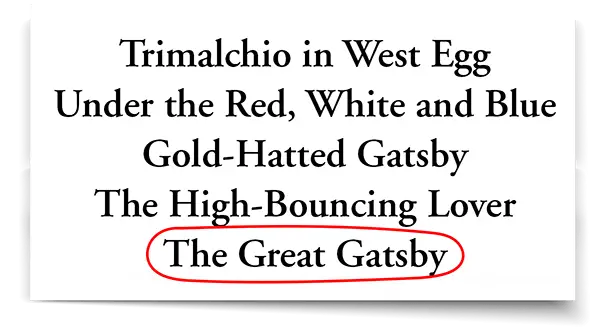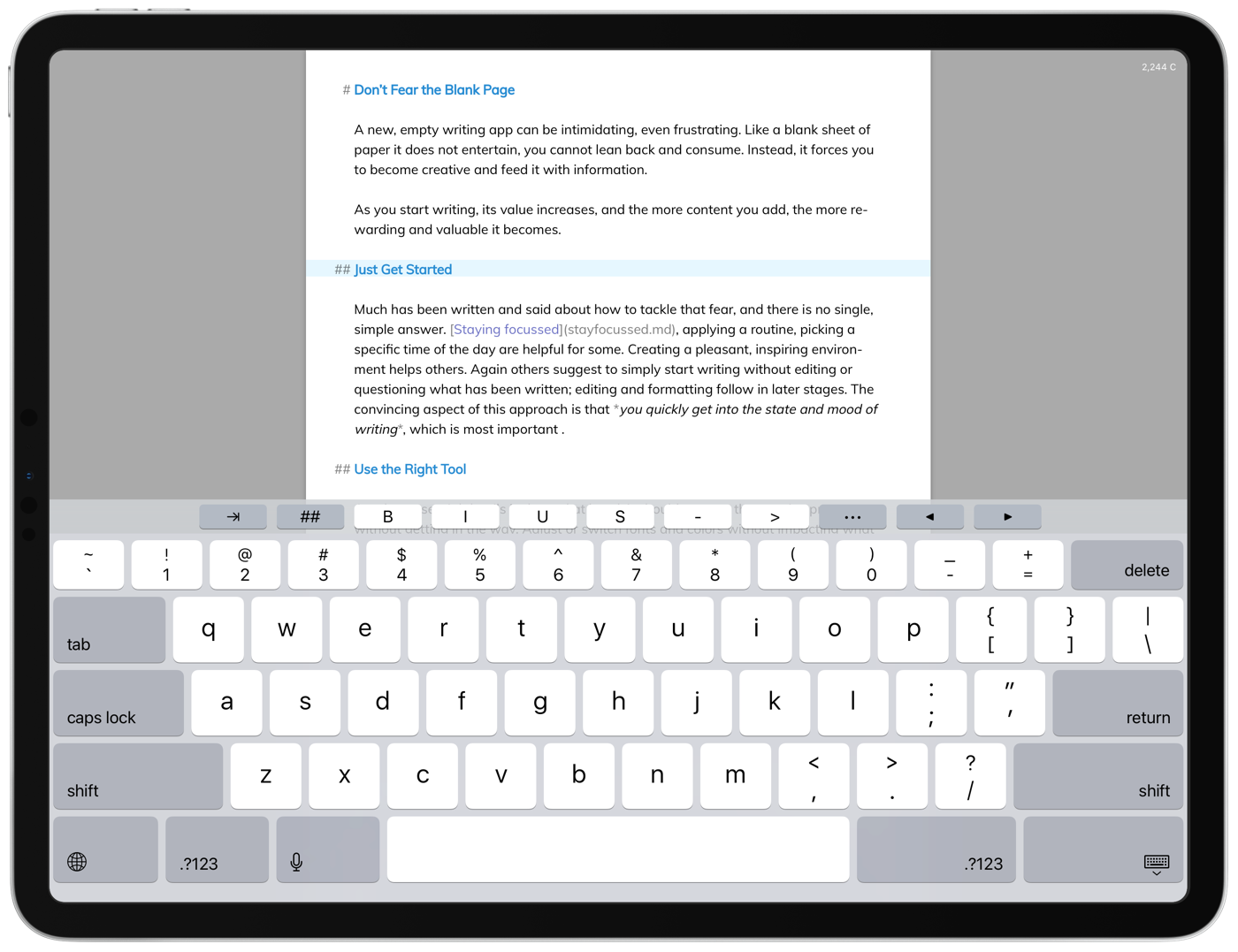Halfway through the Roaring Twenties, F. Scott Fitzgerald finished the rough draft of his next novel, Trimalchio in West Egg. He mailed his manuscript to his trusted editor, Maxwell Perkins, and the two would exchange letters sharing praise over the book’s astounding storytelling, and concern over its title.
Unable to pick a name for his baby, Fitzgerald’s list of potential titles kept growing. This continued until Perkins (with support from Zelda, Scott’s wife) convinced him to choose a more reader-friendly title. One month later, The Great Gatsby was born.
Behind every great author is a great editor—someone whose judgment you can trust, even when you’re not sure yourself. Line editors provide the critical eye that elevates your book to its peak.

Line editing, which is more of a craft than a science, makes sure that each sentence in is as powerful as it possibly can be. A line editor reads the work carefully and pays close attention to the writer's distinctive writing voice (therefore, the position is occasionally referred to as stylistic editing). The critical part of the line editing process includes:


A line editor tightens up the sentence structure line by line to make the language more concise and understandable. They pay great attention to how a writer's word choice and grammar affect the tone or emotion of a piece of writing. A line editor is also concerned with a piece's overall rhythm and logical flow. Along with making the actual adjustments, a line editor may also meet with the author one-on-one to discuss the edits, settle disagreements, and answer inquiries about the author's intentions.

I knew my book needed a professional review but never did I think that would mean a whole lot of improvements. The editors added comprehensive comments, made much-needed changes, and indeed improved the overall manuscript.
- Kim, author